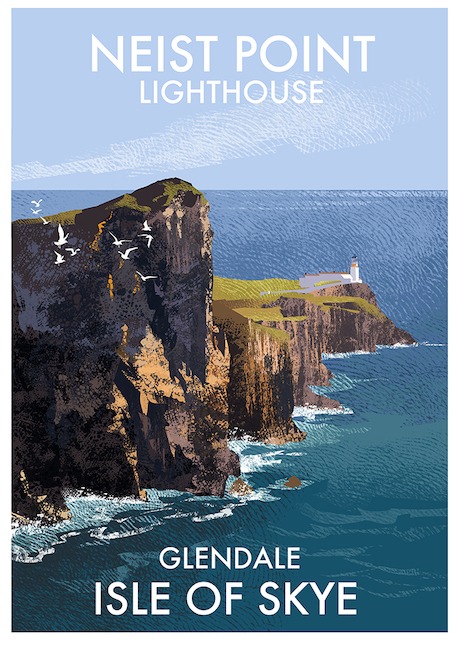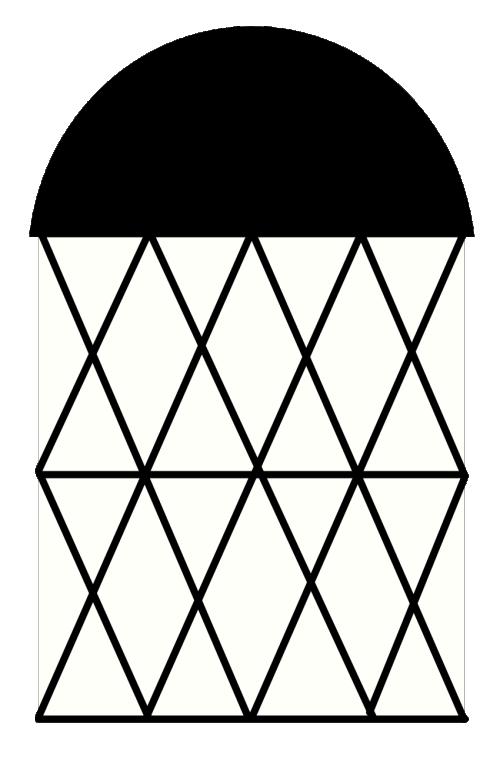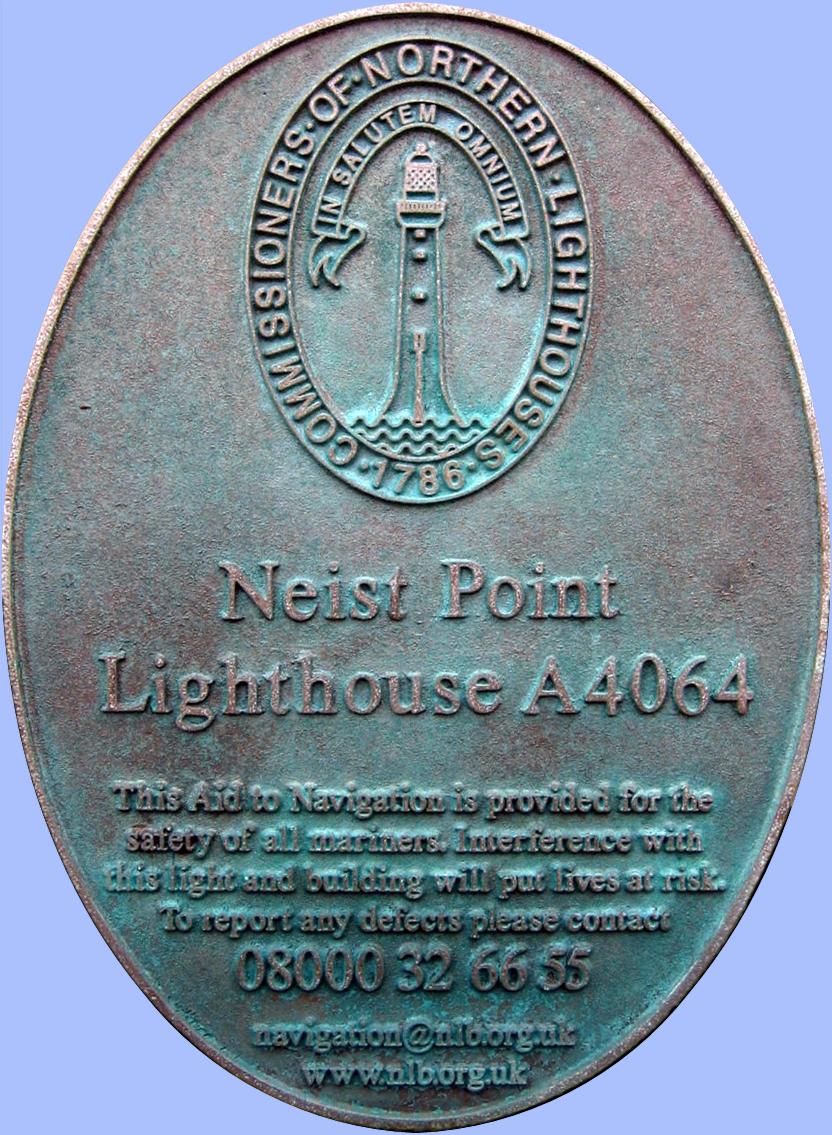
Place of the lighthouse
Neist Point (Scottish Gaelic: Rubha na h-Eist), is one of the most famous lighthouses in Scotland. located on the westernmost point of the Isle of Skye about 5 km southwest of the village of Milovaig, giving excellent views over Moonen Bay to Waterstein Head and out over the Minch to the Western Isles. This point is regarded as the best place on Skye to see whales, dolphins, porpoises and basking shark. The sea around the point is teeming with sea-birds including gannets, black guillemots, razorbills and shags.
From the end of a single track road, you can start a walk to the lighthouse. While the walk down is an easy one, the concrete path does get quite steep at times. From the path you will see stunning views of the high cliffs and the lighthouse itself, at sunset the view is made even more spectacular making this a top destination for landscape photographers.
Building of the Lighthouse
Neist Point Lighthouse was built in 1909 as a manned lighthouse. The designer was David Alan Stevenson engineer of the Northern Lighthouse Board. Mr W. Hugh MacDonald from Oban was the contractor for the lighthouse and dwellings which cost £ 4,350. The lantern was made by Dove & Co from Edinburgh costing £ 1,100. The lightroom machine cost £ 418 and was made by Milne & Co from Aberdeen.
Since then the internal light system has been updated (in 1990) to an automated system that no longer requires daily maintenance and now the lighthouse is unmanned. The light is 43 meters above sea level and can be seen up to 29.6 km (16 nM) offshore. The tower is 19 meters high. The original Fresnel lens was among the first in Scotland to float on a bath of mercury. After improvements in 1990 the lens has been transferred to the museum of Scottish Lighthouses in Fraserburgh.
The lighthouse is located on a landmark with high cliffs around it. This led to many difficulties during the construction of the lighthouse. Also difficult was to provide the lighthouse and lighthouse keepers with the necessary supplies (such as oil). There were two possibilities to favor the lighthouse; over land with a cableway or across the sea with a landing point where a crane was used. The remains of both installations (cableway and crane) are still present.

Operational status
The station was converted into automatic operation in 1990 and the light keepers were withdrawn. The lighthouse has since been operated remotely from the Northern Lighthouse Board headquarters in Edinburgh. The former keepers' cottages are now in private ownervessel.
It should be noted that at some sites the Northern Lighthouse Board have sold some redundant buildings within the lighthouse complex and are not responsible for the maintenance of these buildings. The keeper’s cottages that surround the main tower are now privately owned, for a few years they were used as holiday lets, but recently they seem to be out of use. In June 2017 the Northern Lighthouse Board announced plans for a major restoration of the lighthouse during the fall.

The lighthouse environment
The lighthouse is accessible by road. There is parking at the top of the cliff. The site and tower are closed. A moderately strenuous walk of approximately 2.2 kilometres allows for a close-up view of the lighthouse.
In 2002, a stir was caused when a former owner of the Lighthouse Cottages installed an additional cottage at the Neist Point Car Park and began charging tolls for access to Neist Point. Following a concerted campaign by local people, the illegal charging ceased and the Cottages were sold.
The remainder of the land at Neist Point forms part of the common grazing lands for the Waterstein township and each of the five crofts at Waterstein owns a share, with souming (grazing rights) for 1 horse, 4 cows and 30 sheep.
Neist Point was used as a dramatic setting for a number of scenes in the 1996 film Breaking the Waves, starring Emily Watson. A mock cemetery was built for the film and remained there for a number of years. More recently, scenes for the Keanu Reeves film 47 Ronin were filmed on the headland at Neist in October 2012.
In spring 2013, permission was granted to convert the garages at Neist Point Car Park into a shop. Visitors should take great care when approaching the cliff edges. In June 2013, a tourist tragically fell 35 metres from the cliff to her death.




 Update: 01-03-2025
Update: 01-03-2025






